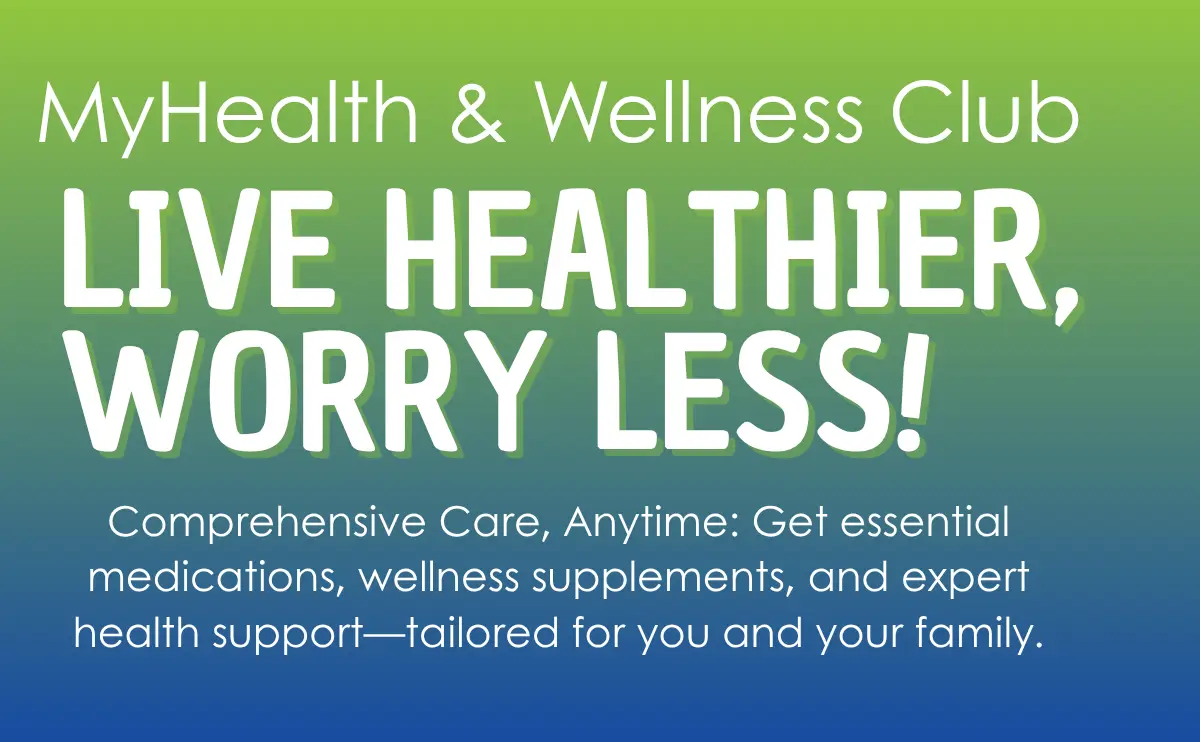Blog
Hair Loss – Symptoms and Causes
Hair loss, medically known as alopecia, is a common condition that affects millions of people worldw...
Minoxidil in Kenya: How It Works, What to Expect, and Where to Buy
Hair loss is a growing concern in Kenya—whether it shows up as thinning edges from braids and weaves...
Why Body Acne Happens in Kenya—and 7 Proven Ways to Stop It with Regenera Anti-Acne Soap & Spray
Body acne, also known as “bacne” when it affects the back, is a frustrating skin condition that appe...
Top 6 Immune-Friendly Supplements For Kenyans In This Cold Season
By Nitin Bangale
As the cool air sweeps across Kenya, bringing with it the familiar sniffles and ...
Supplements For Women’s Health: Addressing Unique Nutritional Needs
By: Nitin Bangale
Women’s bodies undergo significant hormonal shifts and have specific physiologi...
Supplements for Men’s Health: Supporting Vitality and Well-being
Men, just like women, have unique nutritional needs that can be influenced by age, lifestyle, and sp...
Digestive Discomforts, Constipation, Diarrhea, IBS, Cholesterol & Weight Support: Could Guar Gum Be Your Ally?
By: Nitin Bangale
In our fast-paced, often-stressful world, digestive issues have become increasi...
Whey Protein 101: The Ultimate Beginner’s Guide
Introduction to Whey Protein
Whey protein has become a staple in the fitness community and beyond...
How to Gain Muscle, No Matter Who You Are
1. Introduction
Building muscle is more than just about looking good in a t-shirt; it’s about imp...
What You Need to Know About the Health Benefits of Collagen
1. Introduction
Ever wonder what keeps your skin smooth, your joints flexible, and your hair stro...
Toothpaste on Pimples: Why You Should Avoid It, What to Use Instead
1. Introduction
We’ve all heard about weird skincare hacks, right? Some of them might work, but o...
















